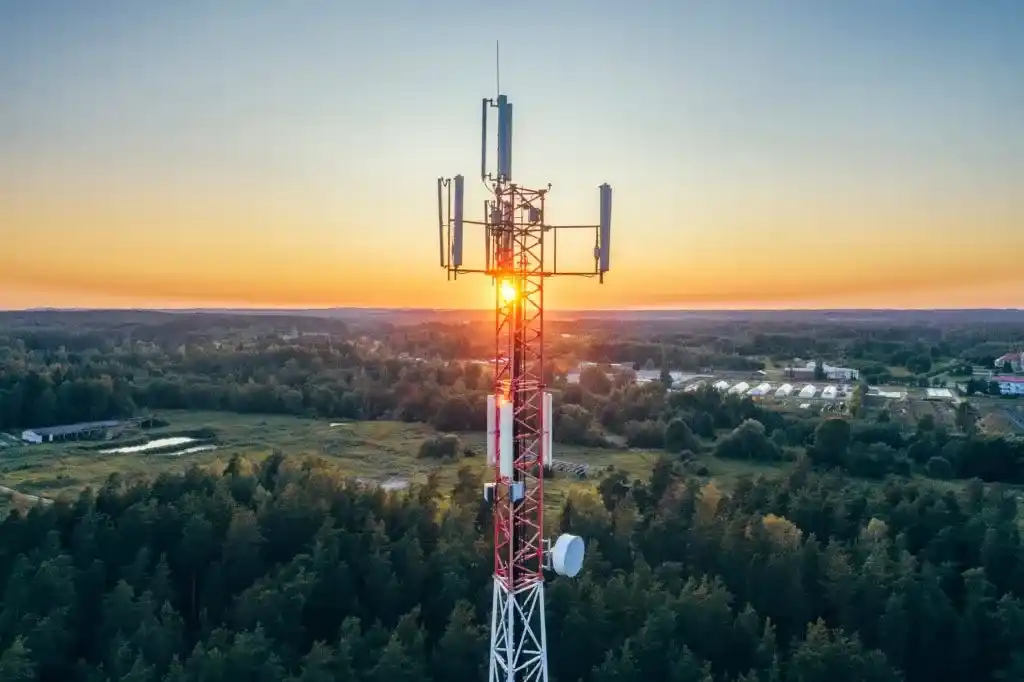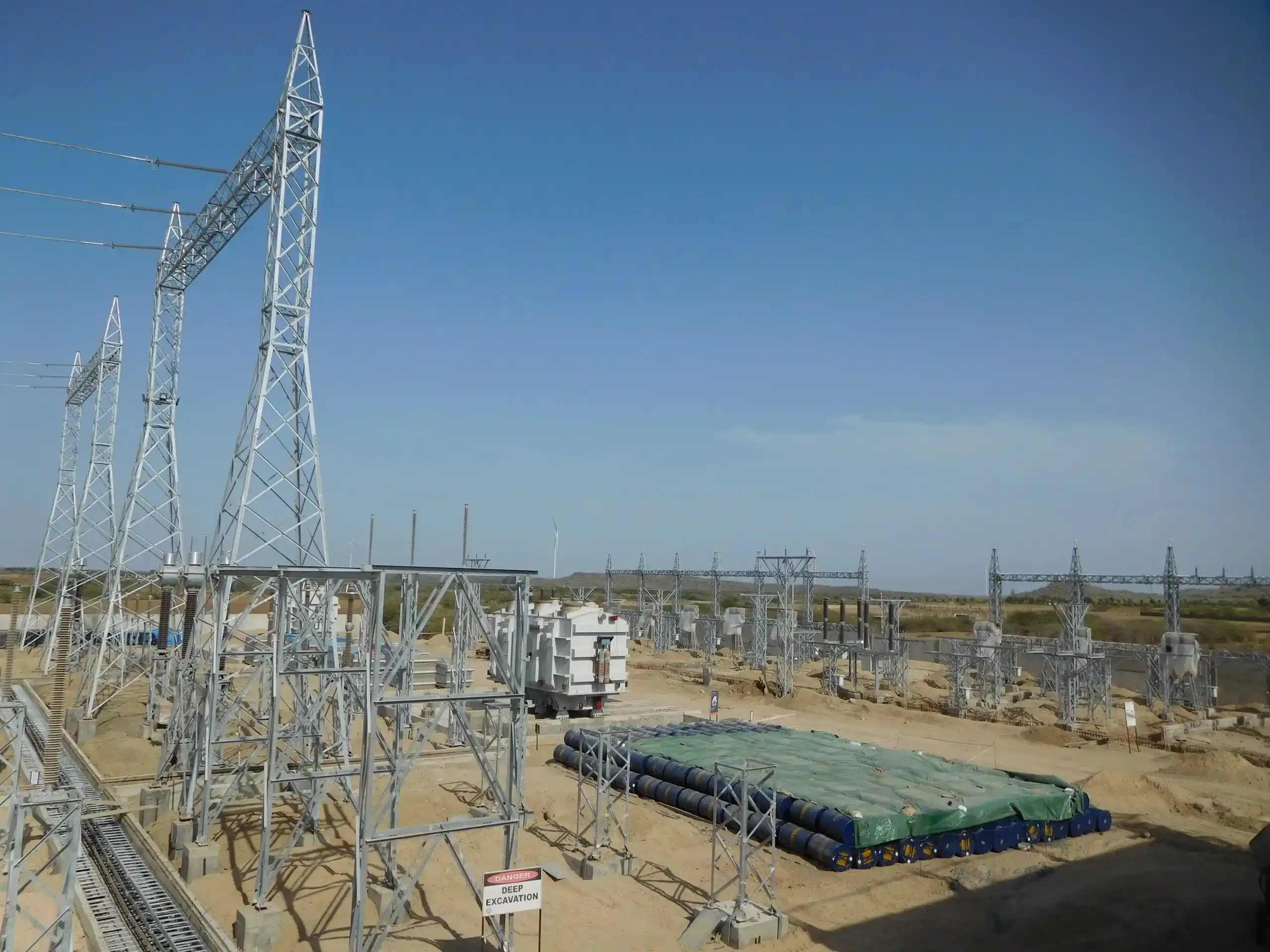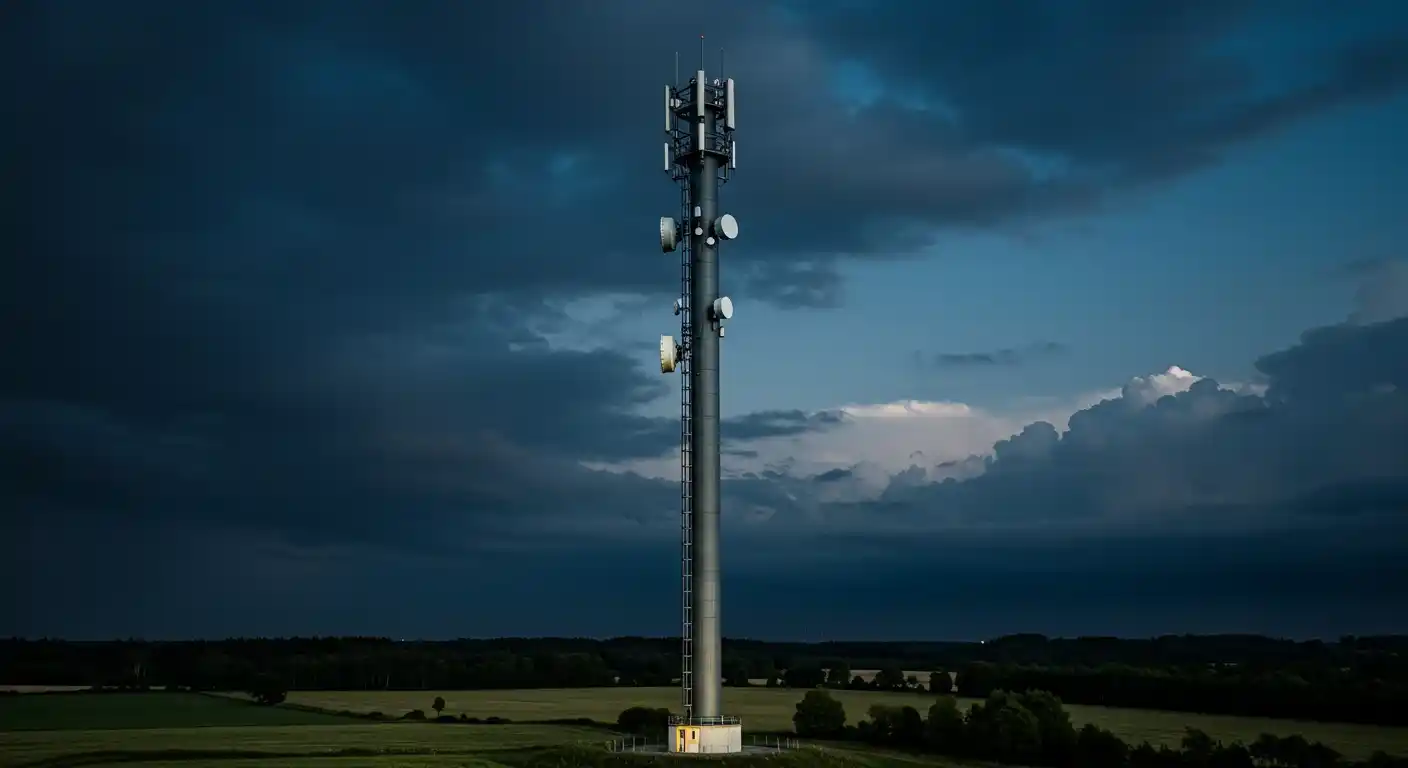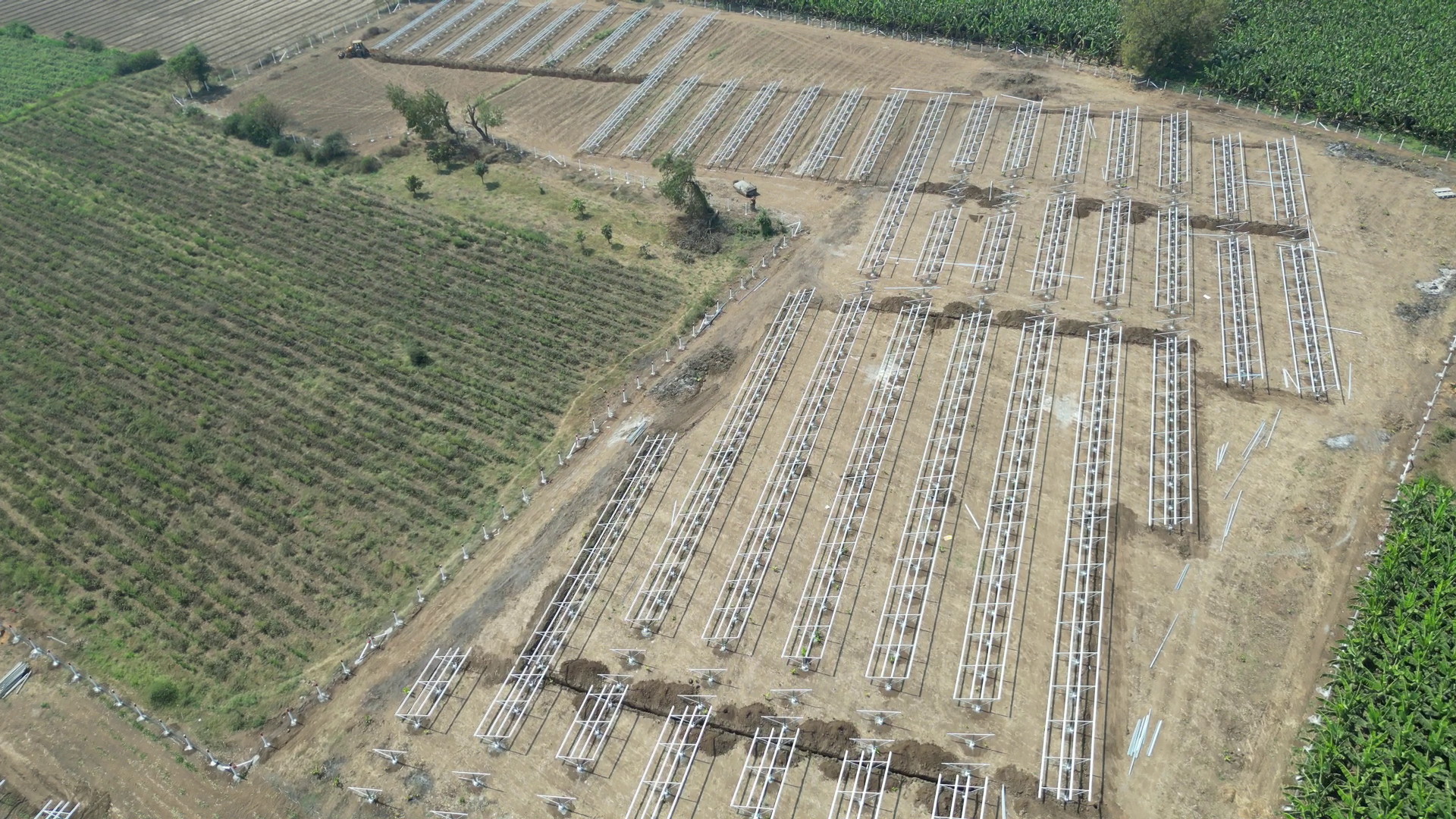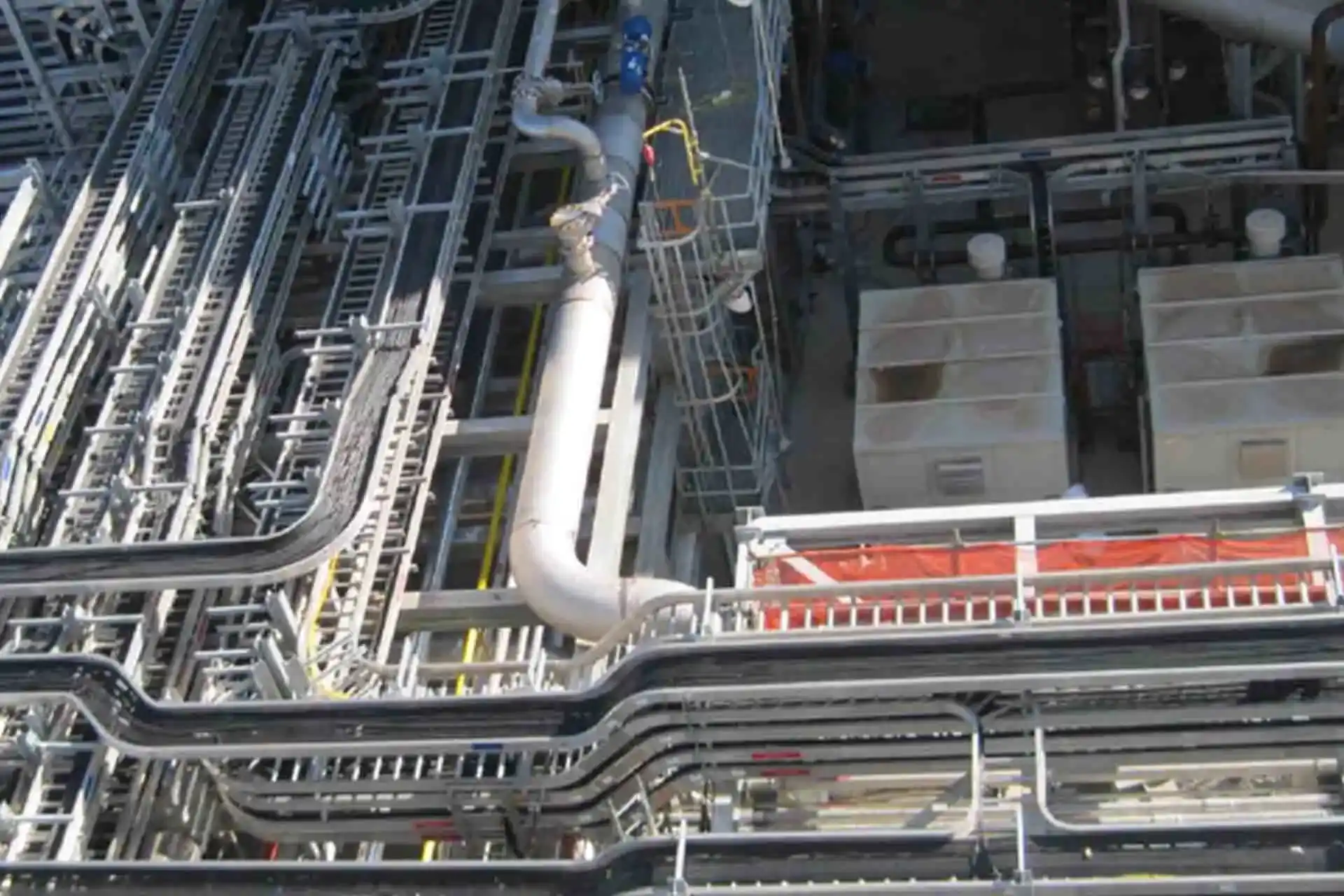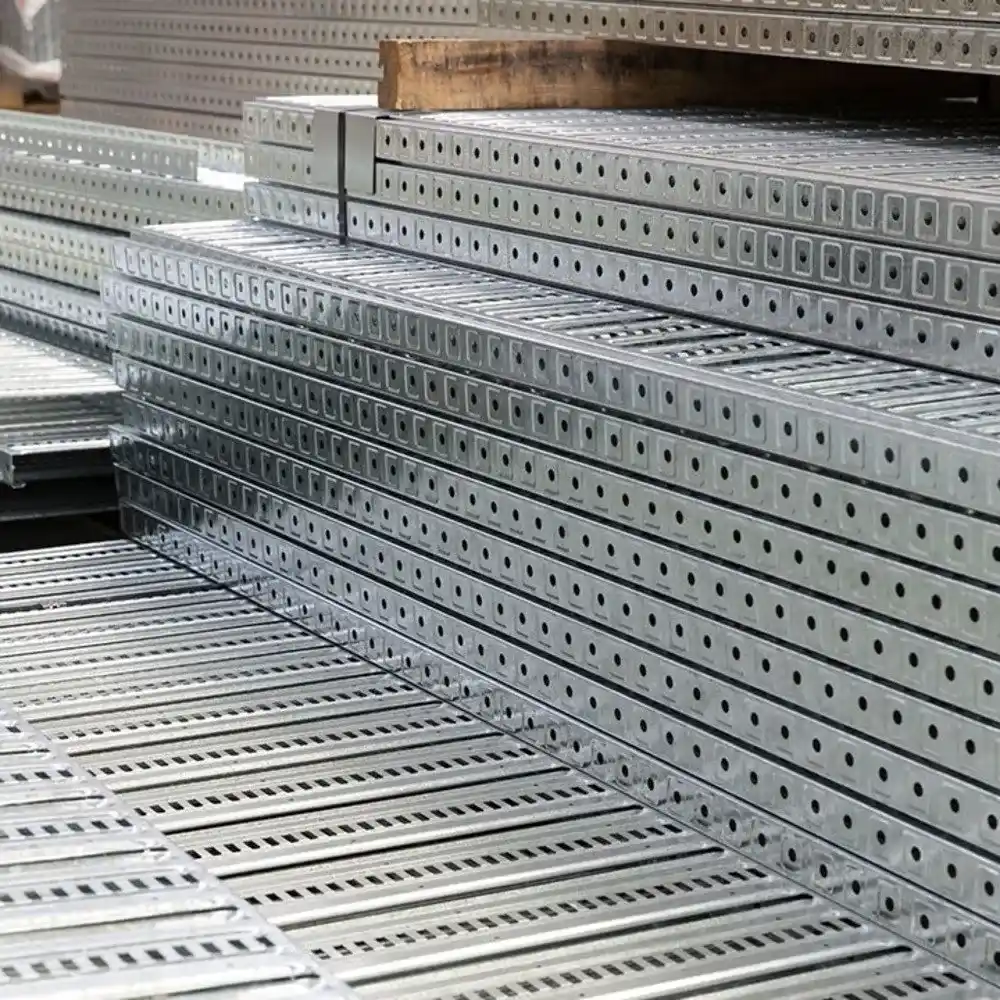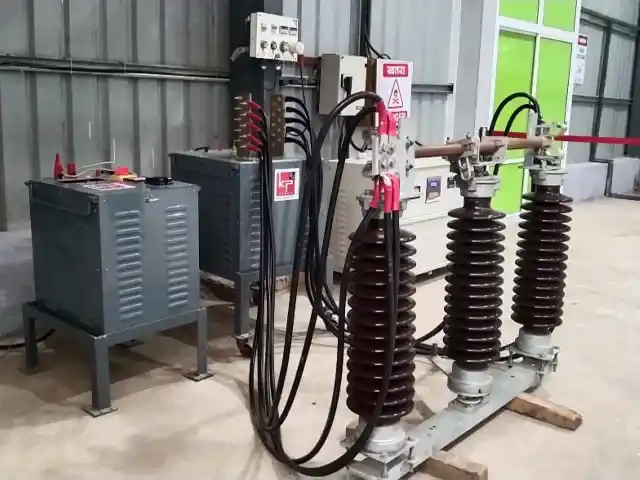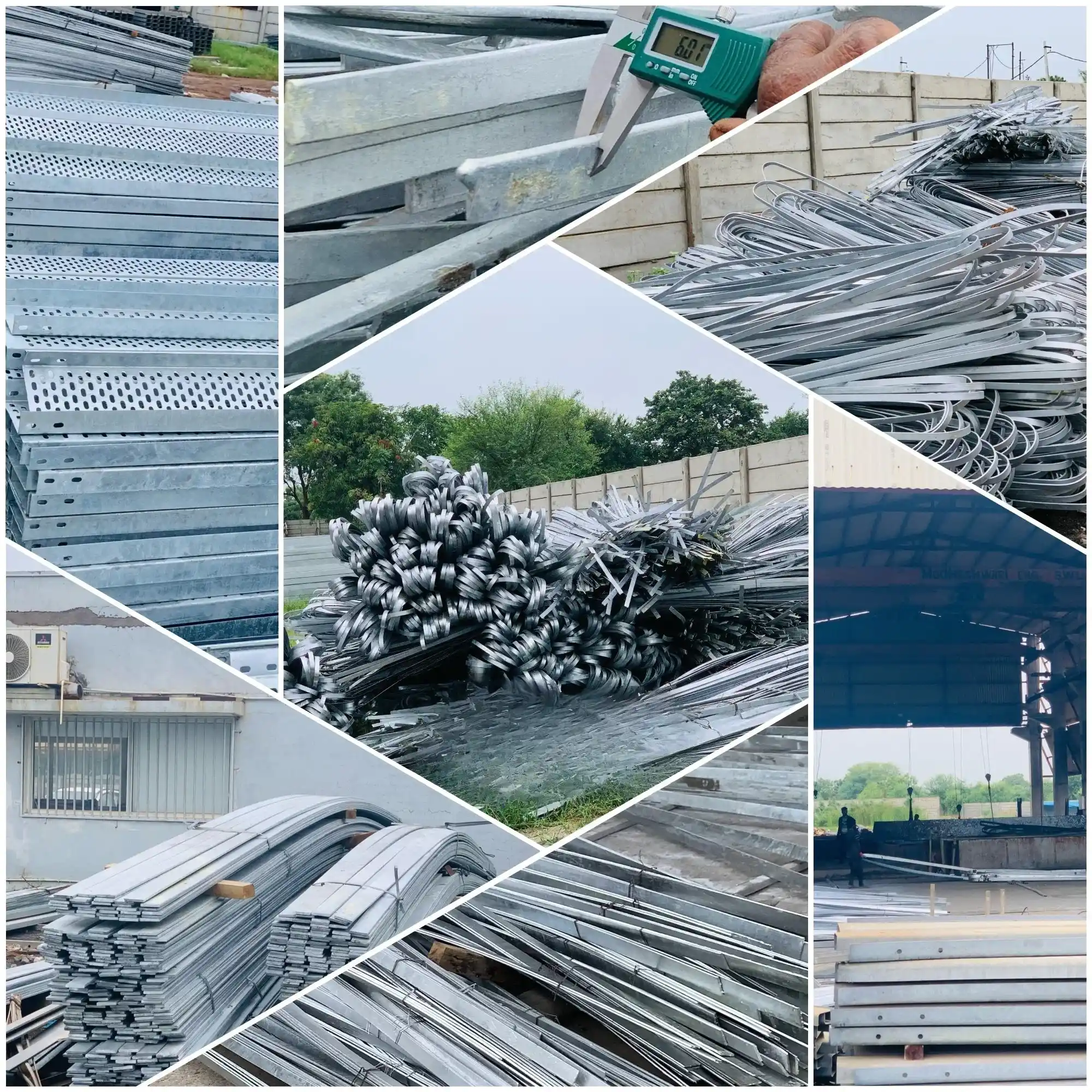
Challenges in Solar and Wind Energy Industries?
As the world tilts increasingly towards renewable energy sources, solar and wind energy emerge as frontrunners in this green revolution. However, the path to a sustainable future is fraught with obstacles. This article explores the multifaceted challenges in the solar and wind energy sectors and how innovative approaches pave the way for a cleaner, more efficient future.
1. Technical and Engineering Challenges
The solar and wind energy sectors in India are currently navigating a labyrinth of technical and engineering challenges. In the solar sector, the emphasis is on enhancing the efficiency and durability of solar panels. With the growing demand for solar modules, domestic manufacturers, including the best solar panel structure manufacturers in Vadodara, are operating at full capacity, and new capacities are being added. These efforts aim to create robust panels capable of withstanding diverse environmental conditions.
- Advancements in Wind Energy: The engineering challenges in wind energy involve designing turbines optimized for energy capture and efficiency. This necessitates a profound understanding of aerodynamics, material science, and environmental impacts.
- Supply Chain and Cost Fluctuations: The solar and wind industries are also grappling with fluctuations in supply chain and costs. The rising prices of crucial materials like steel, copper, and polysilicon and supply chain disruptions have impacted project costs.
2. Economic and Financial Barriers
The economic landscape for solar and wind energy in India is both promising and challenging. While solar energy is increasingly attractive in utility-scale power generation due to its cost-effectiveness, the sector faces financial hurdles In 2023, the total installed capacity of renewables in India reached 121 GW, but about 40% of the renewables pipeline is delayed, impacting economic prospects
- Financing and Policy Support: Securing investments and navigating policy frameworks are crucial for the economic viability of these projects. The government's efforts in promoting domestic solar products and renewable energy have been significant
- Market Dynamics: The renewable energy market, particularly solar, is influenced by various factors, including government initiatives, demand from commercial and industrial segments, and changing global market trends.
3. Environmental and Grid Integration Challenges
- Land Acquisition and Environmental Impact: A consistent policy on land acquisition is crucial for project development, as land ownership issues can affect financing and project stability
- Grid Integration and Evacuation Infrastructure: The rapid commissioning of solar projects compared to the slower development of transmission facilities poses a challenge. There is a need for improved evacuation infrastructure and transmission capacity, especially in regions with significant renewable energy potential.
- Policy and Regulatory Framework: The solar energy sector in India is guided by various government initiatives and policies. India's National Solar Mission is ambitiously charting a course for the country to rise as a forefront player in the realm of solar energy. The Ministry of New and Renewable Energy's efforts highlight solar energy's role in India's energy security and in addressing climate change challenges
4. Policy and Regulatory Framework in India
India's policy and regulatory environment are crucial for the growth of solar and wind energy. Recent initiatives and regulatory frameworks have been designed to support and catalyze the development of renewable energy in the country.
- Government Incentives and Policies: The Government of India has implemented several incentives to promote renewable energy. The recent policy shift encompasses a notable exemption from Interstate Transmission System (ISTS) charges for solar and wind energy projects slated for completion before the 30th of June, 2025. This step is pivotal. Furthermore, it lays out a clear, forward-looking Renewable Purchase Obligation (RPO) trajectory extending to 2030, setting a precedent in our commitment to renewable energy.
- Energy Storage Obligations: The introduction of Energy Storage Obligations (4% by 2029-30) is a significant step towards ensuring the stability and efficiency of the renewable energy grid. This policy aims to support the integration of renewable energy into the grid, addressing the intermittency challenges associated with solar and wind power
- Renewable Energy Targets: India has set ambitious targets for renewable energy capacity, aiming for 500 GW of non-fossil fuel-based energy by 2030. This target includes substantial contributions from solar and wind energy, reflecting the country's commitment to a sustainable energy future
5. Gujarat's Renewable Energy Policy 2023
Gujarat's Renewable Energy Policy 2023 is a prime example of a state-level initiative designed to accelerate the growth of renewable energy.
- Capacity Targets: The policy aims to develop 100 GW of renewable energy capacity by 2030, a significant leap towards meeting India’s national renewable energy goals
- Focus on Solar and Wind: Emphasis is placed on the development of solar, wind, and hybrid wind-solar projects. The policy recognizes Gujarat's potential for both solar (36 GW) and wind (143 GW) energy and seeks to harness these resources effectively
- Green Tariff and Carbon Credits: The policy introduces green tariffs and carbon credits to promote the clean energy transition. These initiatives are designed to make renewable energy more attractive to investors and consumers alike
Conclusion: KP Green Engineering's Role
In conclusion, overcoming the challenges in the solar and wind energy sectors requires a multifaceted approach involving technological innovation, financial solutions, environmental sensitivity, supportive policies, and public engagement. Here, KP Green Engineering Limited the Best Wind Structure Fabrication Company in Gujarat stands out. With a background in telecom tower manufacturing and a commitment to environmental sustainability, transparent pricing, and personalized solutions, KP Green Engineering is well-positioned to contribute significantly to this sector. Our expertise in manufacturing structures suitable for windmill lattice towers and solar module mounting structures is crucial in this endeavor, ensuring that renewable energy systems are not only efficient and robust but also tailored to meet the unique needs of each project. The journey towards a sustainable energy future is complex, but with companies like KP Green Engineering leading the way, it is undoubtedly within reach.
Frequently Asked Questions:
About Us
KP Green Engineering Ltd. provides complete engineering and steel structure manufacturing solutions worldwide, serving industries such as renewable energy, telecommunications and beyond.
Get In Touch
Latest News
Gujarat Deputy CM Harsh Sanghavi Inaugurates KP Green Engineering's Matar Facility
KP Group and Kubota use IBM Maximo on Azure to streamline reporting, optimize operations, reduce costs, and support sustainability.
Botswana president's proposed Jan visit boosts industry hopes


